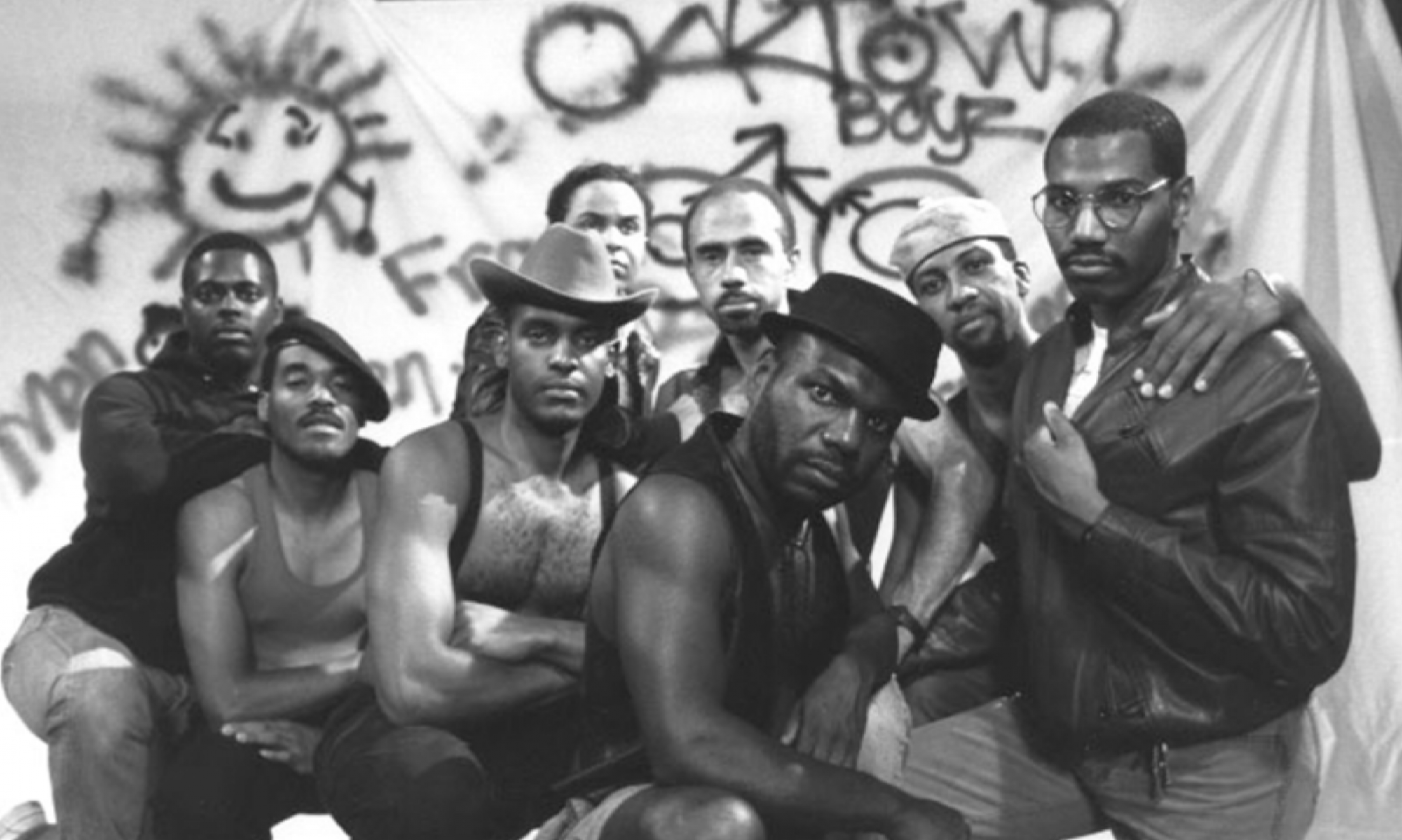This course will approach questions of gender, sexuality, and power in popular media, from early cinema’s appeals to middle-class female audiences at the turn of the last century, to the contemporary use of social media by feminist activists of color. Gender, sexuality, and identity will be viewed at the intersections of other biological and social categories, including race, class, orientation, ability, and ethnicity. We will examine the ways in which different media forms can be used to complicate, reinforce, exploit, or challenge those hierarchies.
Class sessions will be arranged historically, looking at the constellations of gender identities that emerge in different political environments, situating gender and sexuality within evolving cultural contexts. Readings and screenings will explore a wide range of representational forms. Scholarly readings will be paired with historical primary texts.
Course Objectives:
- To gain an understanding of the ways in which issues of gender and sexuality are embedded in cultural forms of expression, and how historical, cultural, and political pressures have shaped the evolution, and representation, of gendered identities.
- FORMAL READINGS: to master tools for performing TEXTUAL analyses of media texts (including print, film, video, digital, graphic novels, live performance etc.). You will learn a variety of techniques for “reading” representations of gender and sexuality as expressed in different historical formats and genres.
- CONTEXTS: to develop strategies for situating media phenomena within the social, cultural and historical spaces that produced them.
- AUDIENCES: to examine the diverse ways in which diverse audiences consume, interpret, remix, and subvert media phenomena
- CONSTELLATIONS OF DIVERSE SOURCES: to draw from a rich archive of historical, primary sources and scholarly, secondary research; to develop compelling arguments that weave these sources together in an original way.
- RESISTANCE: to explore the ways that artists, activists, and audiences create alternative media, or alternative uses of media, to change the ways in which gender and sexuality are represented and understood culturally. We will draw on historical examples of resistance to think about new strategies for addressing our current situations.
Note on content: This is a course centered on questions of gender and sexuality. We will be viewing sexually explicit media in class, and we will be viewing, reading, and discussing material that may offend, surprise, confuse, titillate, or trigger some/all of us at various points throughout the semester. I will work hard, with your help, to make this class a safe, collaborative space for critiquing and learning from these experiences, and from each other. If you anticipate that this content will not be manageable for you, however, I strongly suggest you consider enrolling in a different course.
Professionalism: You are expected to attend and actively participate in each class and screening session. Participation includes reading assigned material prior to class, asking questions, taking notes, and contributing to discussions in class and online. Students who miss more than 3 classes will be strongly encouraged to withdraw. Because the syllabus may be modified, you are responsible for contacting the instructor should you miss a class. It is presumed that all work submitted for this class is the original work of the student-author; please cite sources carefully.
Screenings: All our screenings are open to the public, and guests are welcome. When possible, films and videos will be made available for further study on Blackboard, to assist with assignments. Please note that in-person screenings are still a core requirement of the class.
Reading journal and class blog: Students are required to post three reading response journal entries on our class blog (the equivalent of 2-3 typed pages). The course blog also serves as a forum for informal discussion, and for posting final projects. You will be required to post 6 comments on other students’ posts, at a minimum, as part of your participation grade. Active and substantive posting, above and beyond the minimum requirements, will improve your participation grade and may count toward extra credit (up to five points toward your lowest grade).
Close-reading project: A 5 page shot-by-shot formal analysis of a short media text, utilizing theories of “the gaze” in cinema as outlined by Laura Mulvey. Detailed parameters for this assignment will be distributed separately.
Final research project: Your Research Project will center on a particular archetype that relates to representations of gender and/or sexuality, and which generated significant media coverage and cultural anxiety. This character-type can be from any time period, including the present, and does not need to be U.S. based. Your case study must be rooted in a particular location and historical period. Examples could include 1920s flappers, 1930s “mannish” women, 1960s Cosmo Girls, 1980s “welfare mothers,” HIV+ gay men in the 1990s, 1990s gangsta rappers or Latinx “gang-bangers,” 2000s Afropunkers, contemporary “angry white men,” “Social Justice Warriors,” and “Manic-Pixie Dream Girls” in the US, and many others. Final projects will include an online “dossier” of media texts and secondary readings, and an 8-10 page paper. Detailed parameters for this assignment will be distributed separately.
Grading:
Active in-class, online, and post-screening participation: 10%
Three reading journal posts: 30%
Close-reading project (5 pages): 15%
Pitch & Proposal: 5%
Final project:
Online “dossier” and annotated bibliography: 15%
Written essay/analysis: 25%
